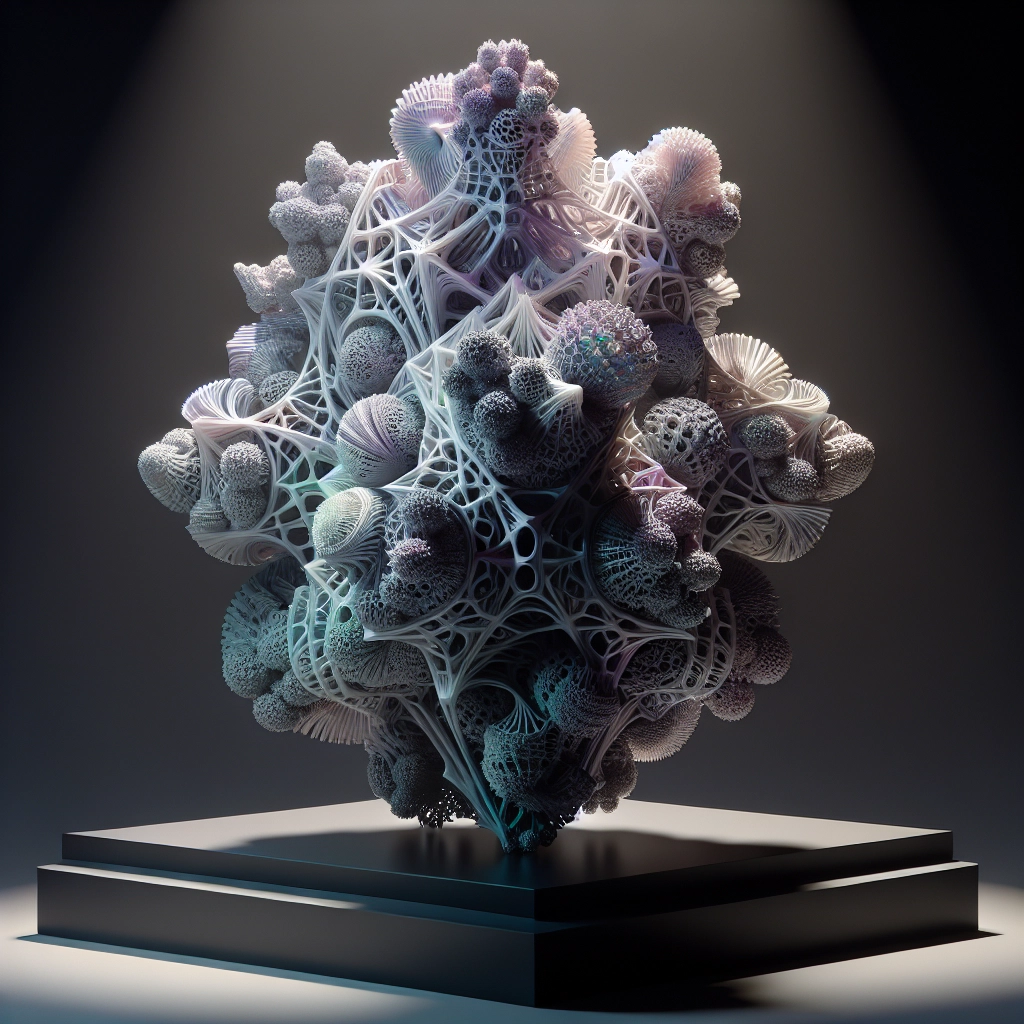How to Create Stunning 3D Printed Art
3D printing has revolutionized the way we think about art and creativity. What was once confined to traditional mediums is now expanding into the 3D realm, allowing artists to explore their imaginations in ways that were previously unimaginable. If you’ve ever wondered how to create stunning 3D printed art, you’re in the right place. Let’s embark on this artistic journey together!
Getting Started with 3D Design
Before you can print anything, you first need a design! Luckily, there are numerous software options available for both beginners and experienced artists. Programs like Tinkercad, Blender, and Fusion 360 offer user-friendly interfaces and powerful features to create intricate 3D models.
Tinkercad is a fantastic starting point for beginners. It’s web-based, intuitive, and a great way to familiarize yourself with 3D design basics. Plus, it has a library of pre-made shapes and designs that you can combine and modify, almost like digital building blocks. For those who are looking for something a little more advanced, Blender offers greater flexibility and complexity. However, it has a steeper learning curve, so be prepared to invest some time learning the ropes.
Once you’ve chosen your software, consider what you want your art to convey. Are you looking to sculpt something abstract? Maybe you want to replicate a real-world object in a new, imaginative way?
The Power of Prototyping
Like any form of art, starting with a prototype can save you a world of heartache. After sketching out your idea, create a basic version of your design that focuses on structure rather than fine details. This step will help you identify potential issues with balance, proportion, or stability before wasting time and materials on the final print.
3D printers use filament (like PLA or ABS) to bring your creations to life. Different materials contribute different aesthetic qualities. PLA is easier to work with and comes in a range of colors, making it great for intricate designs. ABS is a bit trickier but offers more durability, which might be ideal if your artwork will see the light of day outside.
Printing Your Art
Once your prototype feels right, it’s time to get printing! Choose a 3D printer that fits your needs and budget. If you’re just starting out, you might want to consider using a local makerspace or online printing service to start without the commitment of buying your own machine.
Before hitting the print button, make sure to optimize your model for 3D printing. This means checking for issues like non-manifold edges or overly complex sections that might not print well. Many slicing software programs, like Cura or PrusaSlicer, can help you prepare your model by converting it into a language that the printer understands.
Don’t forget about settings like layer height and infill. Finer layer heights will yield more detail, while different infill settings impact the structural integrity and material used in your artwork.
Finishing Touches
Once your piece is printed, it’s time to get crafty with post-processing! Most 3D prints have visible layer lines that can be smoothed out with sanding or chemical treatments. For example, acetone can be used as a solvent for ABS prints, creating a glossy finish. Painting is another way to bring your printed art to life; consider applying a primer before you start to ensure the paint adheres well.
Adding non-3D elements can also enhance your artwork. Think about incorporating lighting features or using other materials like wood, metal, or fabric to add texture and depth to your piece. The blend of 3D prints with traditional mediums can yield truly stunning results.
Showcasing Your Art
Now that you’ve created a masterpiece, how do you share it with the world? Social media platforms, especially Instagram and Pinterest, are perfect places to showcase your creations. Consider creating a dedicated space in your home or studio to display your art, perhaps even involving an interactive element where viewers can touch or manipulate the pieces.
Also, think about the possibility of selling your creations. Sites like Etsy or even local art shows provide venues for you to share your work with others and connect with fellow artists and art enthusiasts.
Creating stunning 3D printed art is an exploration of imagination, patience, and creativity. As you dive deeper into the world of 3D design and printing, remember to enjoy the process! Don’t hesitate to experiment with shapes, colors, and materials. The sky’s the limit when it comes to blending technology with artistic expression. So grab that 3D printer and let your creativity flow!

